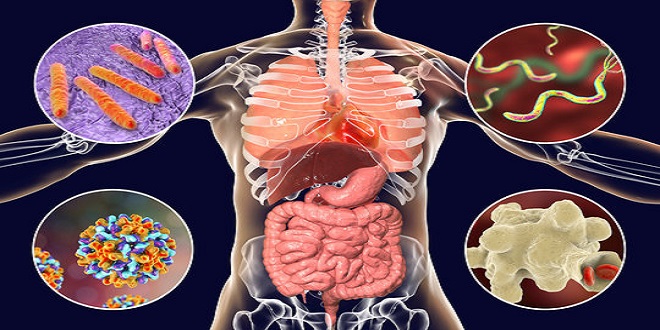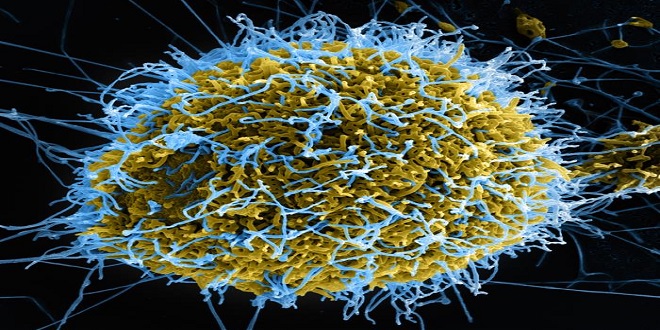Guide to Lifesaving Use of the Mindray AED

Cardiac arrest frequently occurs unexpectedly at an isolated location (such as a school), where emergency personnel may take more than five minutes to reach. The ideal rescuer in this scenario is a student who witnessed the incident firsthand. An AED for schools situated in the classrooms and gymnasiums is the ideal life-saving tool.
To save the life of a student, appropriately use the Mindray AED.
The student who first noticed the cardiac arrest on campus would be the best first responder to provide first aid during a cardiac arrest, every second counts. By following the recommendations below, you can significantly increase the likelihood that your first-aid interventions will succeed.
Identifying a cardiac arrest requires checking the following: If the patient doesn’t respond when you tap them on the shoulder or cry out to them, they are unconscious. If you squeeze the carotid artery with your finger and see no movement, they have no pulse. And lastly, if their chest doesn’t rise and fall, they are not breathing.
The only way to save someone having a cardiac arrest is to start CPR as soon as possible with an automated external defibrillator (AED) as soon as you can defibrillate them.
An automated external defibrillator (AED) may stop an aberrant arrhythmia and restore the heart’s normal rhythm during ventricular fibrillation. The AED may be used by speaking orders and obeying the on-screen instructions after being powered on.
Conclusion
It has been demonstrated that dependable AEDs can increase cardiac arrest patients’ chances of survival from 5% to 40%. Medical professionals believe defibrillation within three minutes can increase survival rates to 74%. Therefore, the importance of AEDs cannot be overstated. Visit Mindray‘s website for more information if you’re interested in AEDs.





